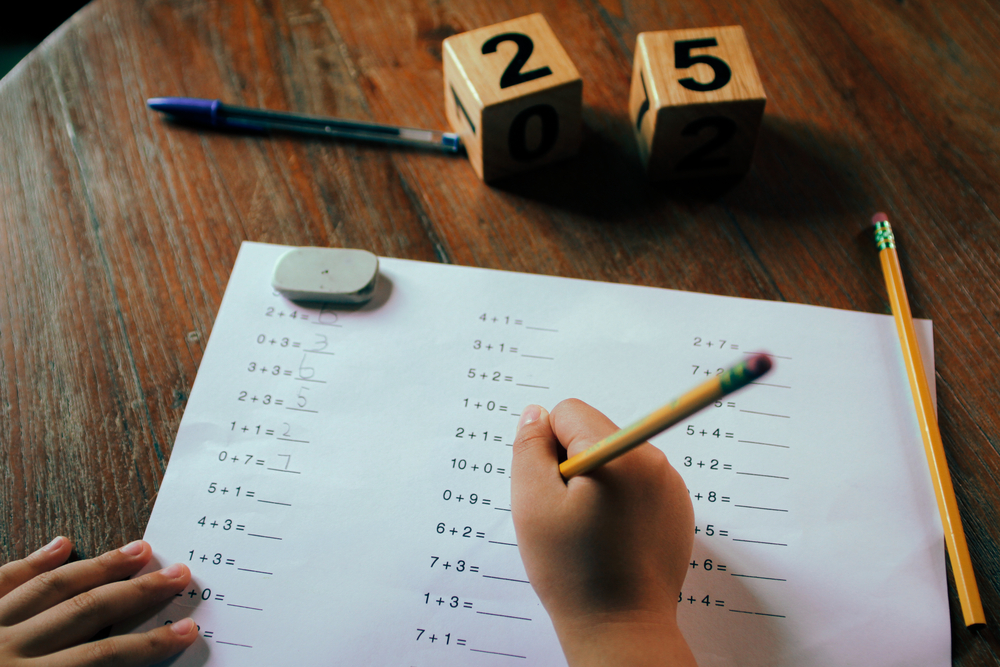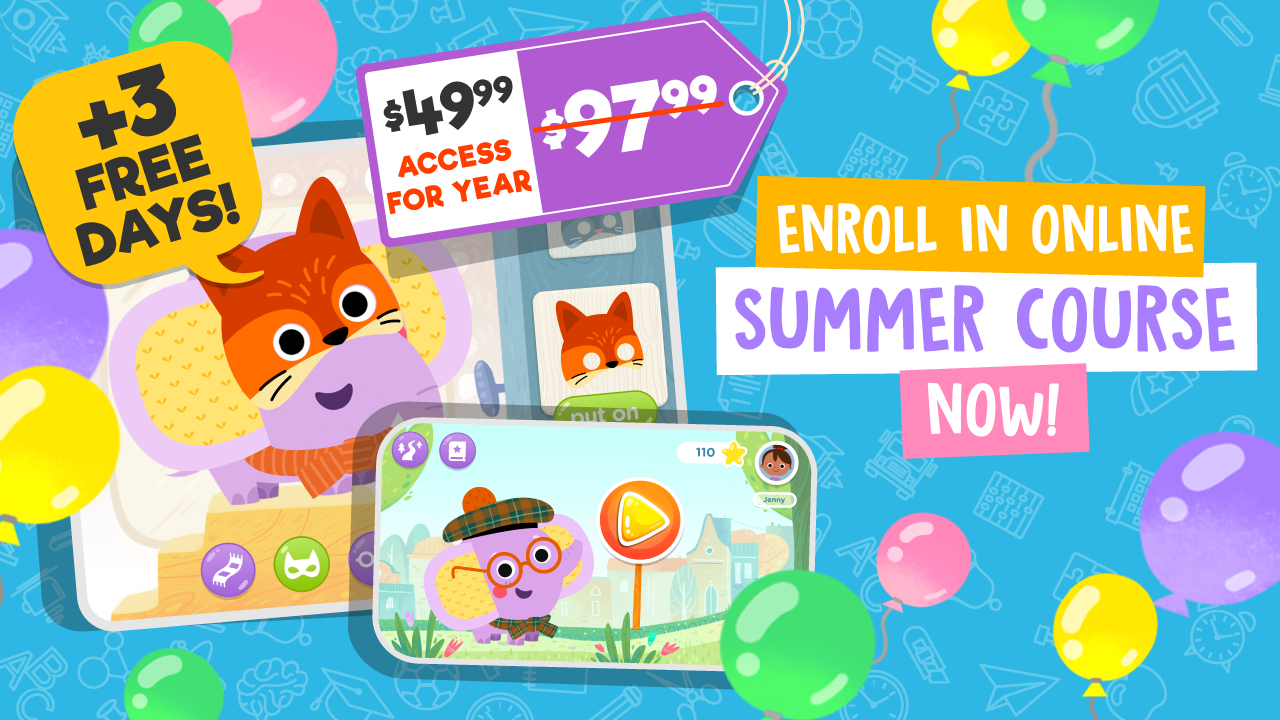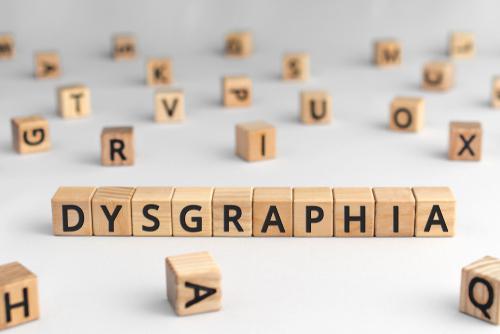Reading Non-Fiction worksheets activities for Ages 7-8
2 filtered results
-
From - To
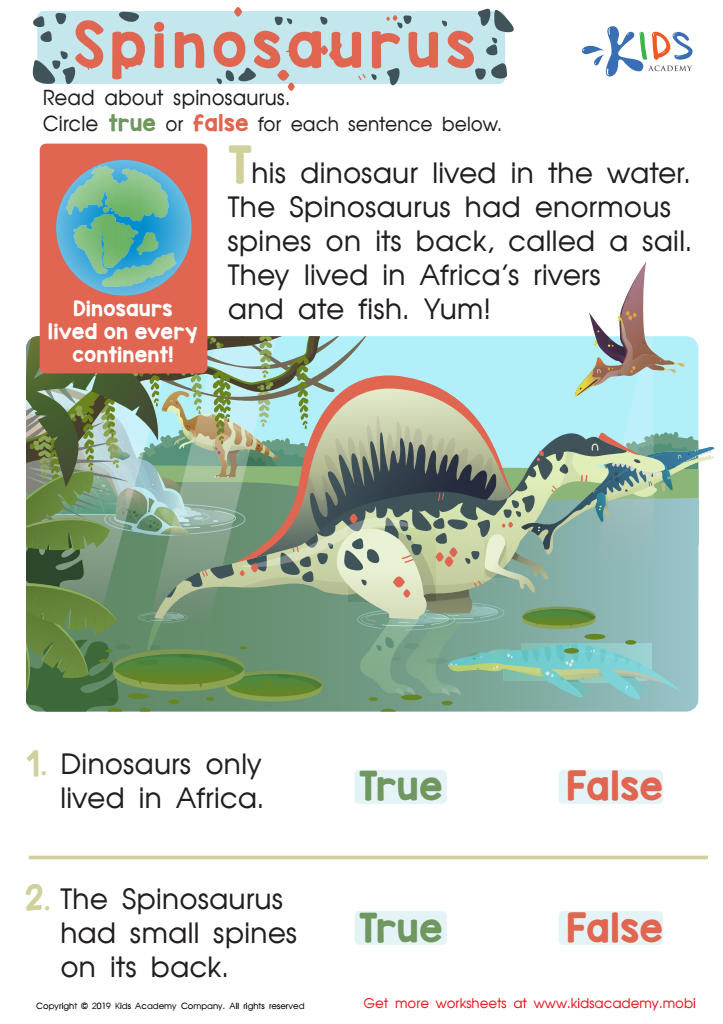

Spinosaurus Assessment Worksheet
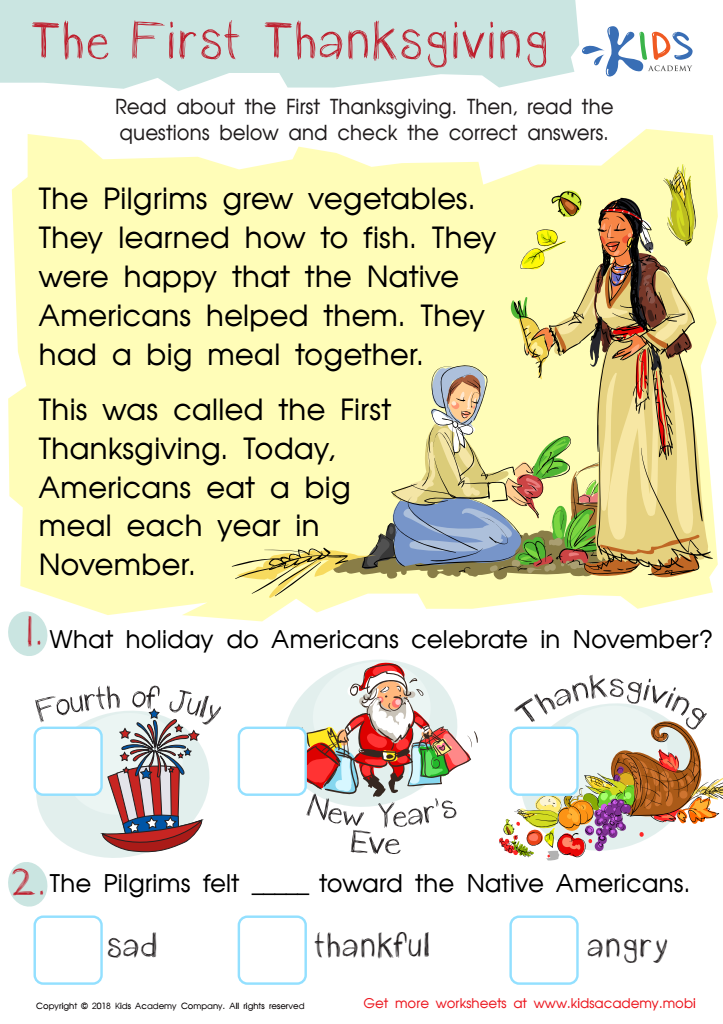

Assessment: First Thanksgiving Worksheet
Reading Non-Fiction worksheets activities serve as an invaluable tool for educators and students alike, playing a crucial role in developing a wide range of skills. These thoughtfully crafted activities are designed to enhance comprehension, critical thinking, and analytical skills in students, making them an essential component of any educational curriculum.
Firstly, Reading Non-Fiction worksheets activities introduce students to the diverse world of factual content, ranging from biographies and historical texts to scientific explorations and technical manuals. This exposure broadens their knowledge base and fuels their curiosity about the world around them. By engaging with factual content, students learn to differentiate between fact and opinion, an essential skill in today’s information-rich age.
Moreover, these worksheets are structured to develop critical thinking skills. Through various activities such as summarizing key points, identifying main ideas, and discussing the author’s purpose, students learn to engage deeply with the text. This not only enhances their comprehension but also encourages them to question and reflect on the content, fostering a more profound understanding of the material.
Additionally, Reading Non-Fiction worksheets activities are instrumental in improving vocabulary and language skills. Encountering new and subject-specific terminology within these texts, students expand their linguistic repertoire, which is invaluable for both academic success and everyday communication.
Furthermore, these activities are designed to cater to various learning styles. Whether it’s through group discussions, individual assignments, or interactive projects, Reading Non-Fiction worksheets offer diverse methods of engagement, ensuring that every student can benefit from them.
In summary, Reading Non-Fiction worksheets activities are not just about absorbing facts; they are about developing a set of critical skills that are essential for academic success and lifelong learning. Through these activities, students are equipped to navigate the complex world of information, differentiate between credible sources, and articulate their thoughts and opinions with confidence.

 Assign to the classroom
Assign to the classroom
